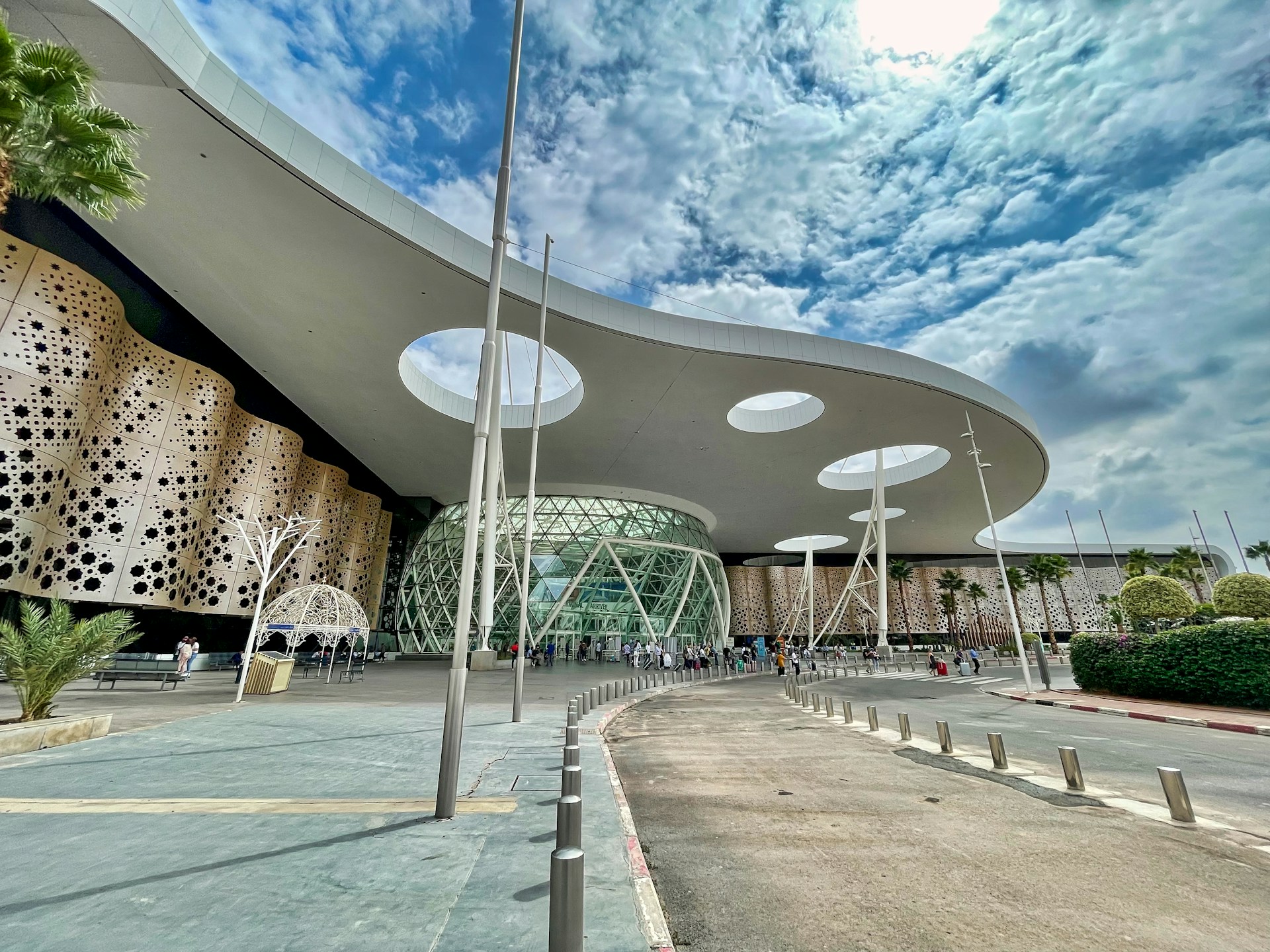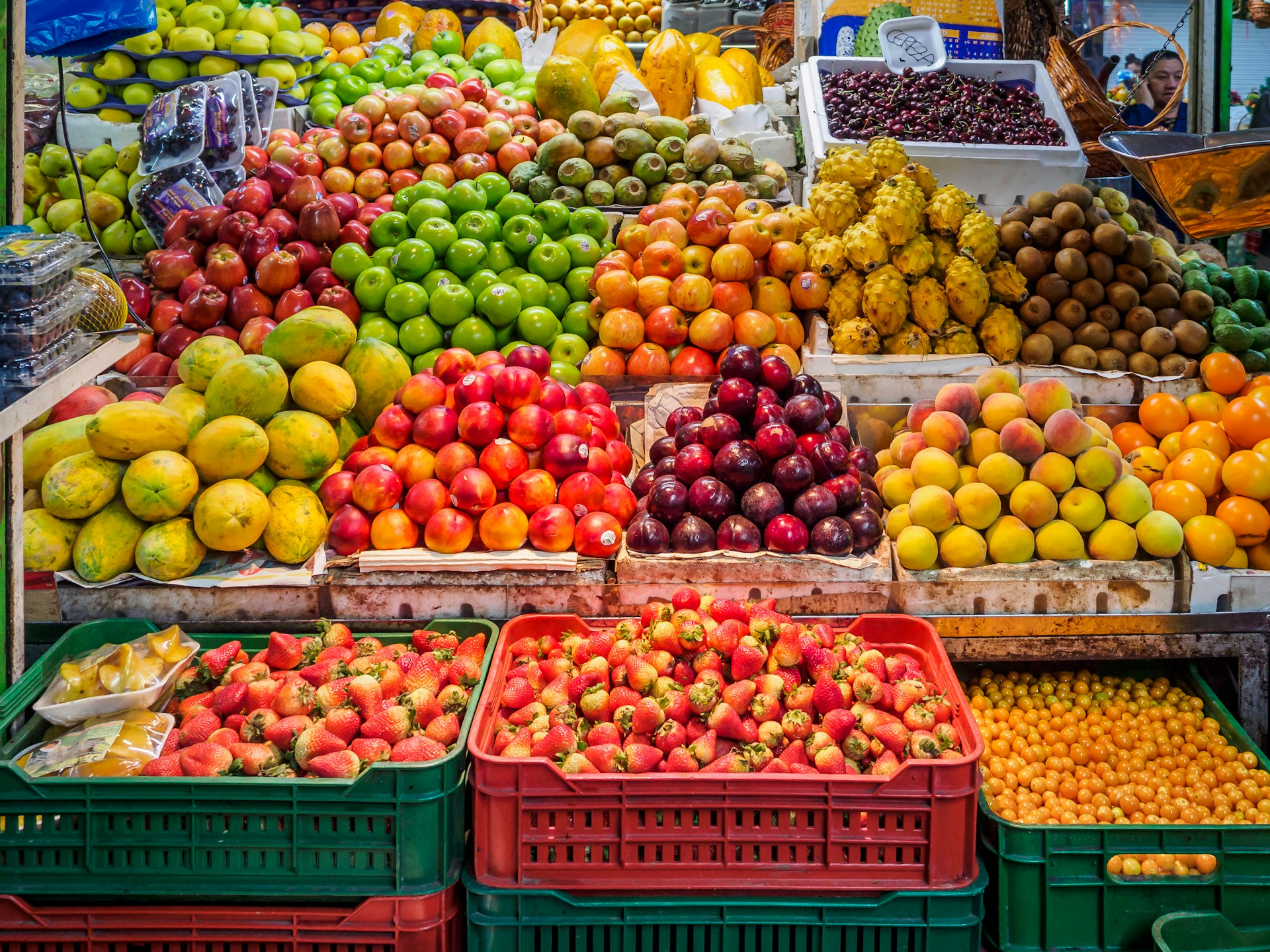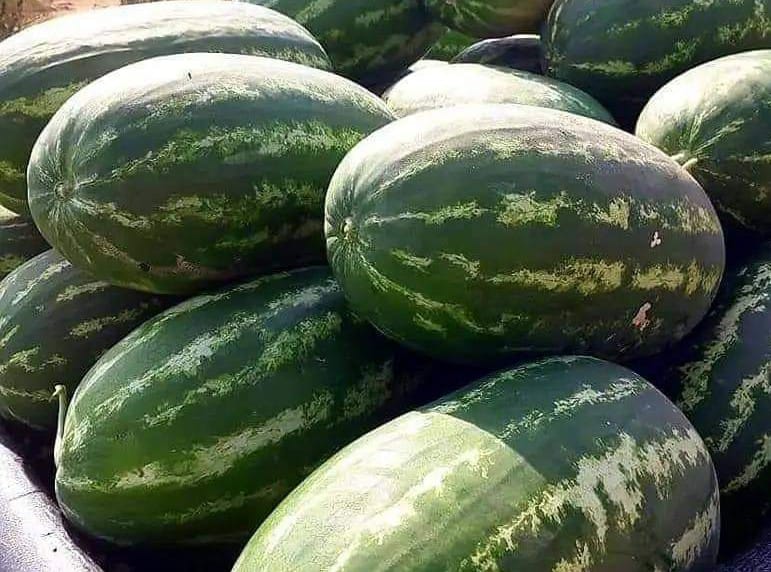Casablanca – Morocco’s blueberry sector is preparing for one of its most successful seasons to date, with production for 2025–2026 expected to reach around 80,000 tons. Supported by favorable weather conditions, modern farming techniques, and growing demand in international markets, the sector is solidifying the Kingdom’s position as a global player in the berry trade.
Favorable conditions and strong start
The first early blueberry harvests are scheduled to begin in December 2025, signaling the start of a campaign that will reach its peak between March and June 2026. Producers and exporters are anticipating an excellent season, driven by ideal climatic conditions that have contributed to steady growth in yields and fruit quality.
According to data shared by the agricultural platforms EastFruit and FreshPlaza, this year’s conditions have been described by professionals as “exceptional.” The weather has allowed for uniform ripening and higher-caliber fruit, ensuring that Moroccan blueberries will meet the stringent standards of major export markets. The harvest window, which stretches over several months, allows Morocco to maintain a consistent supply, extending its presence on international shelves beyond the traditional season of competitors in Latin America.
Modernization and technological advances
In recent years, Morocco’s blueberry sector has undergone rapid modernization, becoming one of the most technologically advanced branches of the country’s agricultural export industry. Producers have adopted high-density plantations, precision irrigation systems, and new generation varieties that deliver higher yields and better flavor profiles. These innovations have allowed farmers to optimize land use and improve efficiency while maintaining the sustainability of production.
The introduction of varietal innovation has been particularly significant. Moroccan growers are increasingly planting premium varieties capable of producing superior fruit with longer shelf life and greater resistance to transport. This shift has been driven by the country’s growing investment in agricultural research and development, supported by partnerships between public institutions and private agribusinesses.
Expanding export markets
Morocco’s proximity to Europe gives it a key logistical advantage, enabling shorter delivery times and ensuring fresher fruit compared to exporters from South America or southern Africa. This advantage has been crucial in expanding the country’s market share in Western Europe, particularly in Spain, the United Kingdom, Germany, and France.
However, Moroccan blueberries are no longer limited to European markets. In recent years, the country has significantly diversified its exports, reaching new destinations in Asia, the Middle East, and North America.
One of the most striking examples of this expansion is Morocco’s growing success in Canada. According to EastFruit, Moroccan blueberry exports to Canada have increased seventeenfold in just three seasons. Between July 2024 and June 2025, the Kingdom shipped approximately 1,900 tons of blueberries, valued at more than $19 million. This strong performance demonstrates the increasing global confidence in the quality and reliability of Moroccan produce.
Competing in a global market
The global blueberry market has become highly competitive, with new producers such as Zimbabwe entering the scene alongside established suppliers from Peru, Chile, and Mexico. Despite this growing competition, Morocco continues to stand out thanks to its consistent product quality, strong export logistics, and reputation for reliability.
Sector experts note that importers are increasingly drawn to Morocco for its ability to supply premium fruit outside the main South American season. The Kingdom’s strategic location allows it to fill crucial gaps in global supply chains, particularly between the Southern Hemisphere’s harvest and the start of Europe’s domestic production.
Sustainability and quality standards
Another factor contributing to Morocco’s success is the sector’s growing emphasis on sustainability and traceability. Producers are adopting eco-friendly practices, including optimized water management, integrated pest control, and soil conservation techniques. These practices not only help preserve the environment but also meet the high certification standards required by European and North American retailers.
The country’s commitment to responsible farming has elevated its reputation among buyers seeking ethically produced fruit. As a result, Moroccan blueberries are now found in some of the most demanding international markets, where product origin, freshness, and safety are critical purchasing factors.
Outlook for 2026
With a record harvest expected and a strong export network already in place, the outlook for Morocco’s blueberry sector remains positive. The combination of advanced cultivation methods, favorable natural conditions, and strategic geographic positioning continues to give the country a competitive edge.
Analysts predict that Moroccan blueberry exports will continue to grow both in volume and value over the next few years, contributing significantly to the country’s agricultural export revenues. The sector’s success also reflects a broader trend in Morocco’s agricultural development — one that emphasizes innovation, diversification, and sustainability.
As the 2025–2026 season begins, Morocco stands poised to further strengthen its reputation as a leading exporter of high-quality blueberries. With rising demand in global markets and continuous improvements in production efficiency, the Kingdom is well on its way to becoming one of the world’s most influential players in the blueberry trade.














